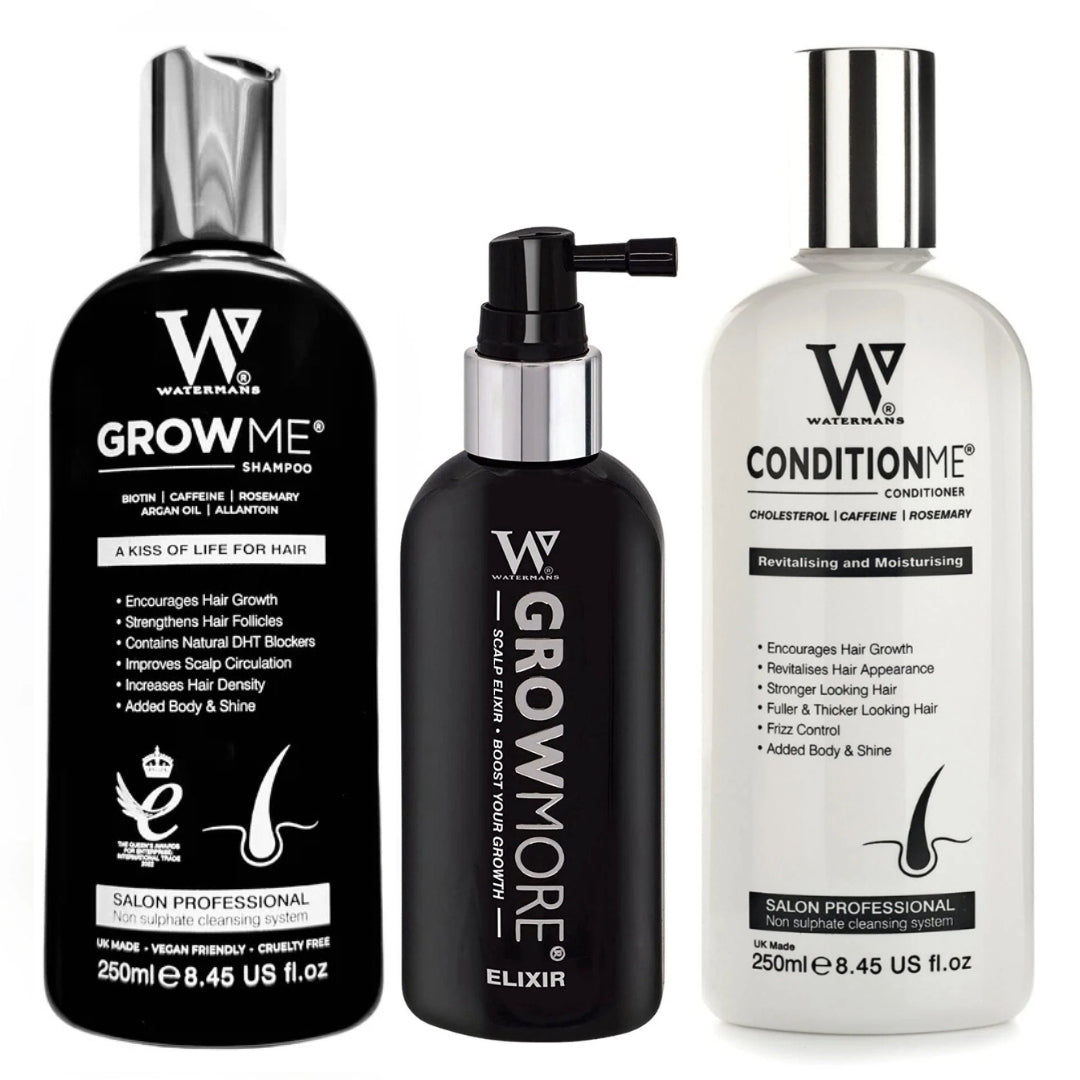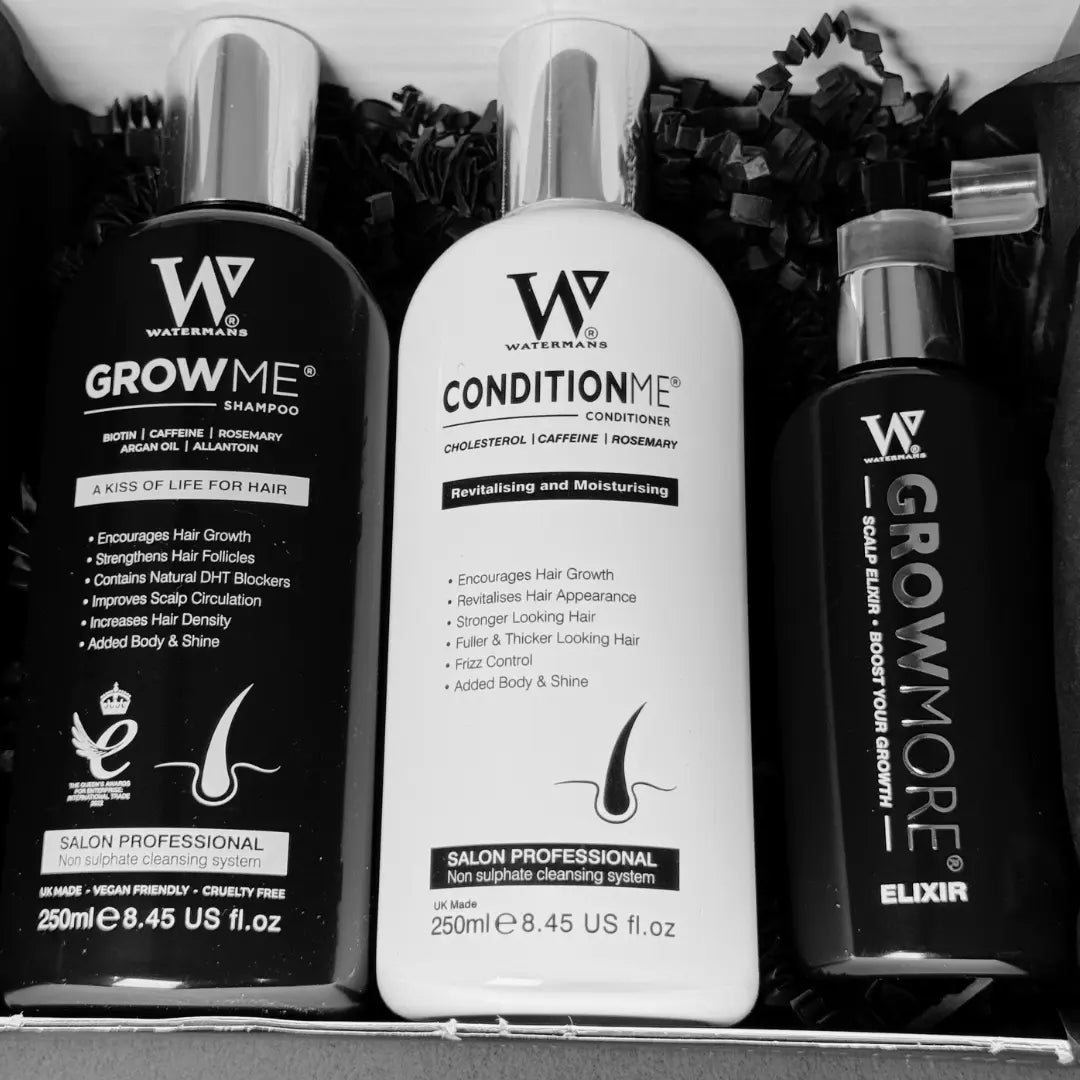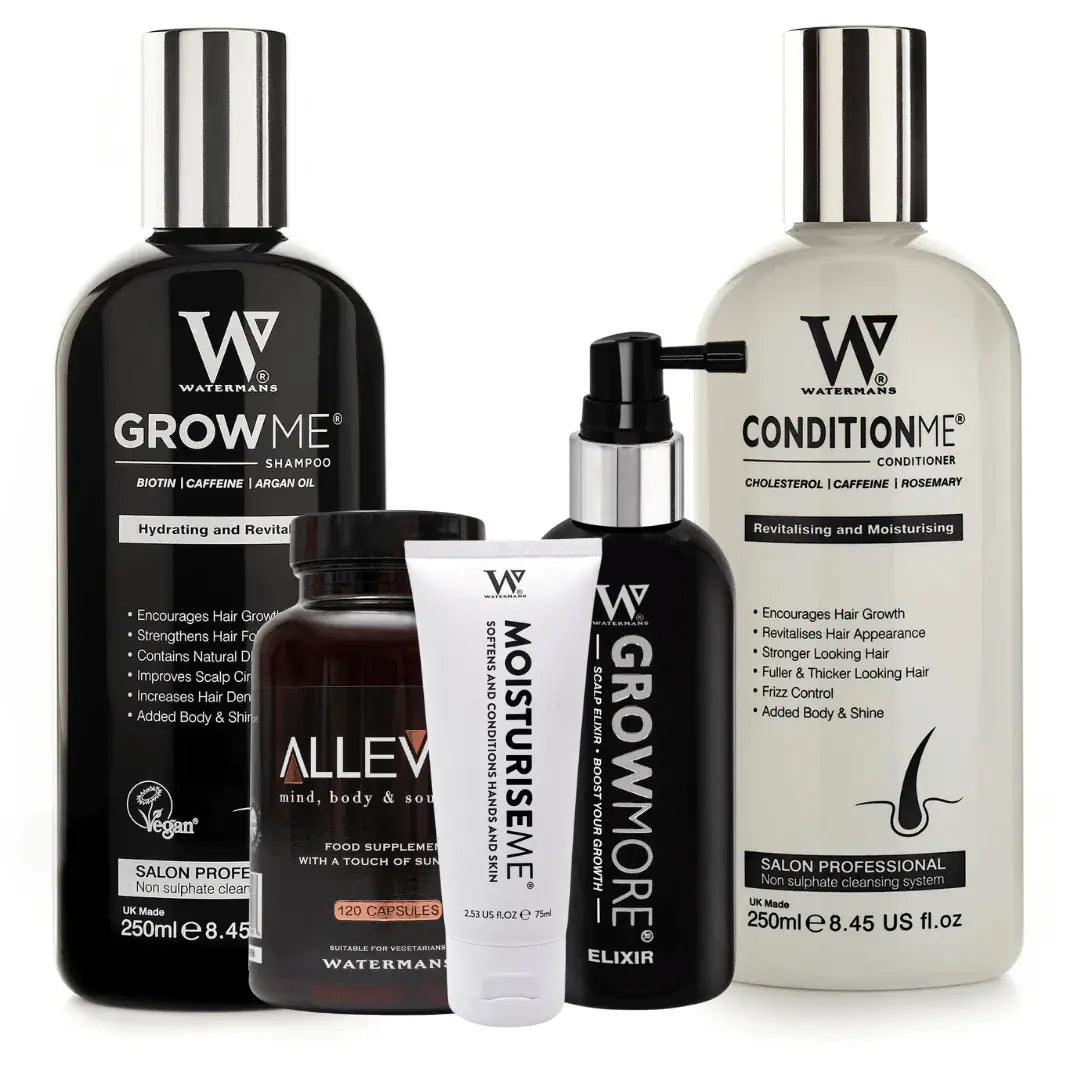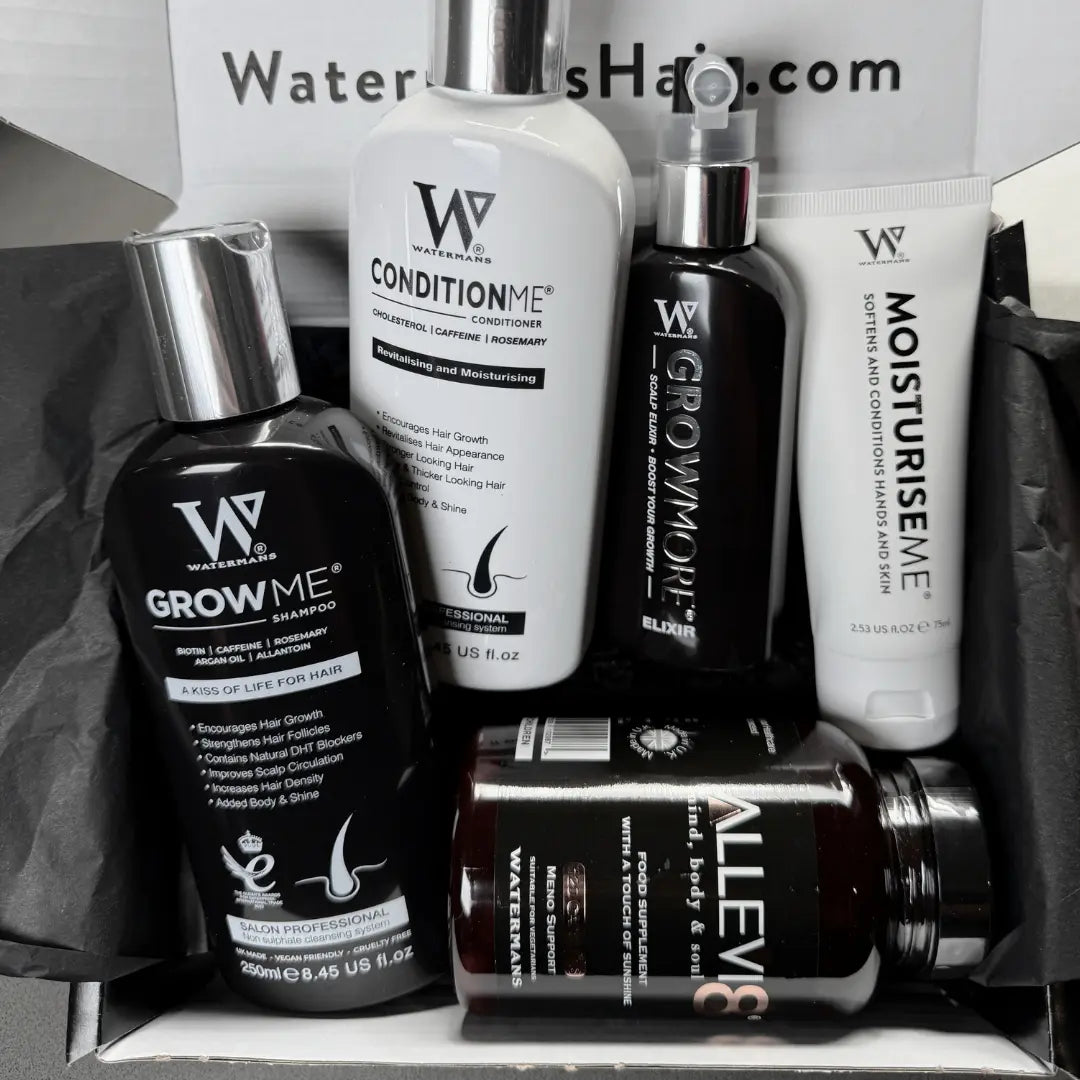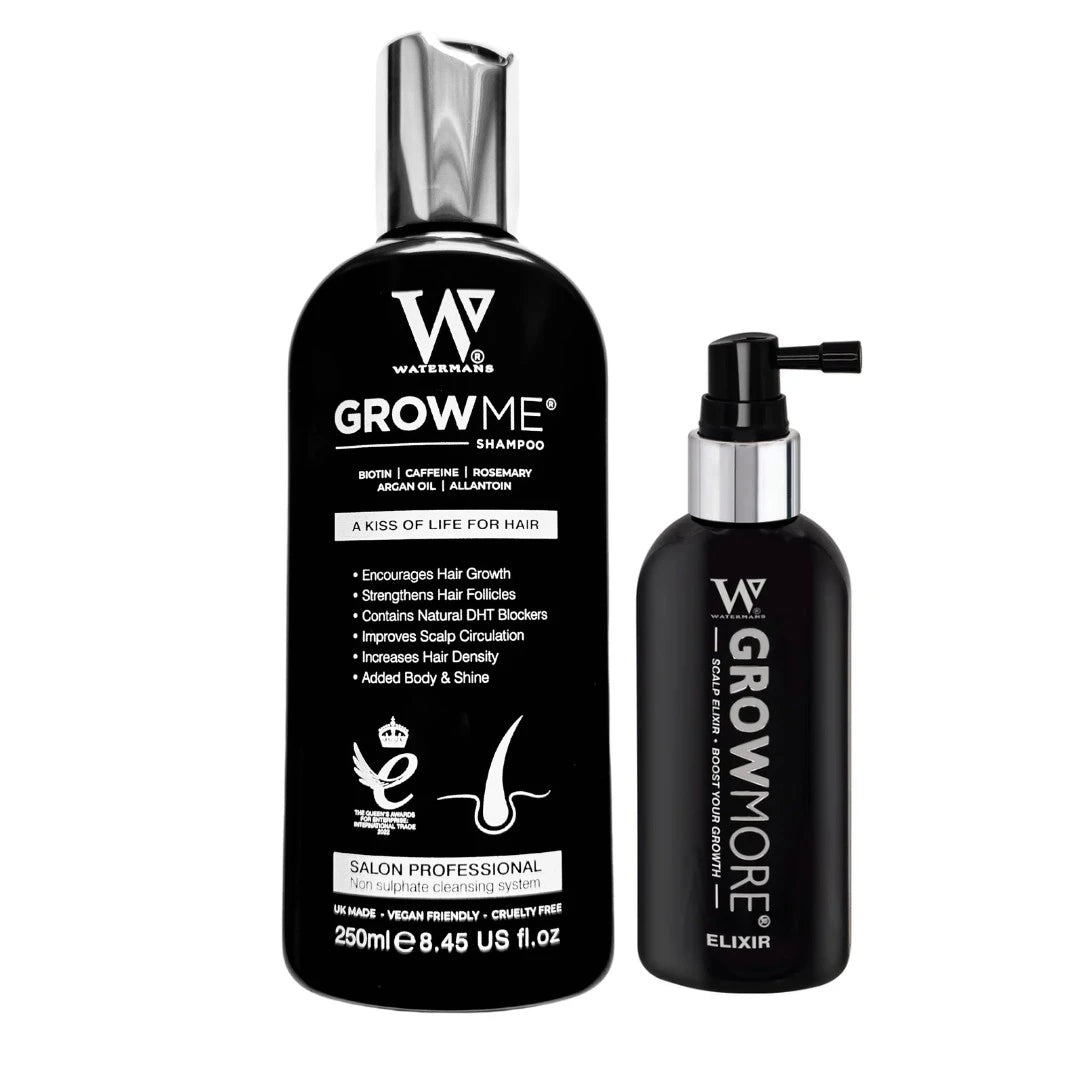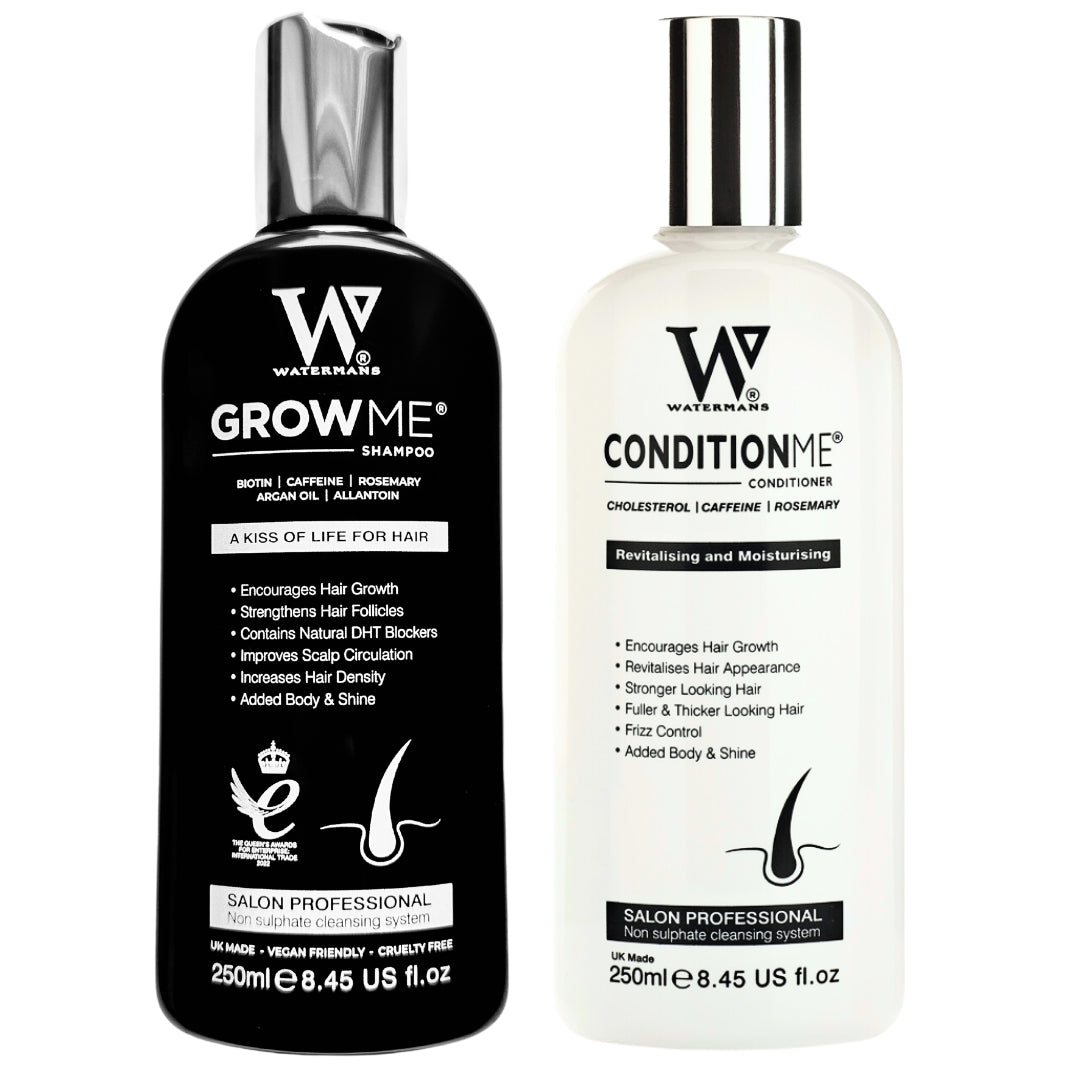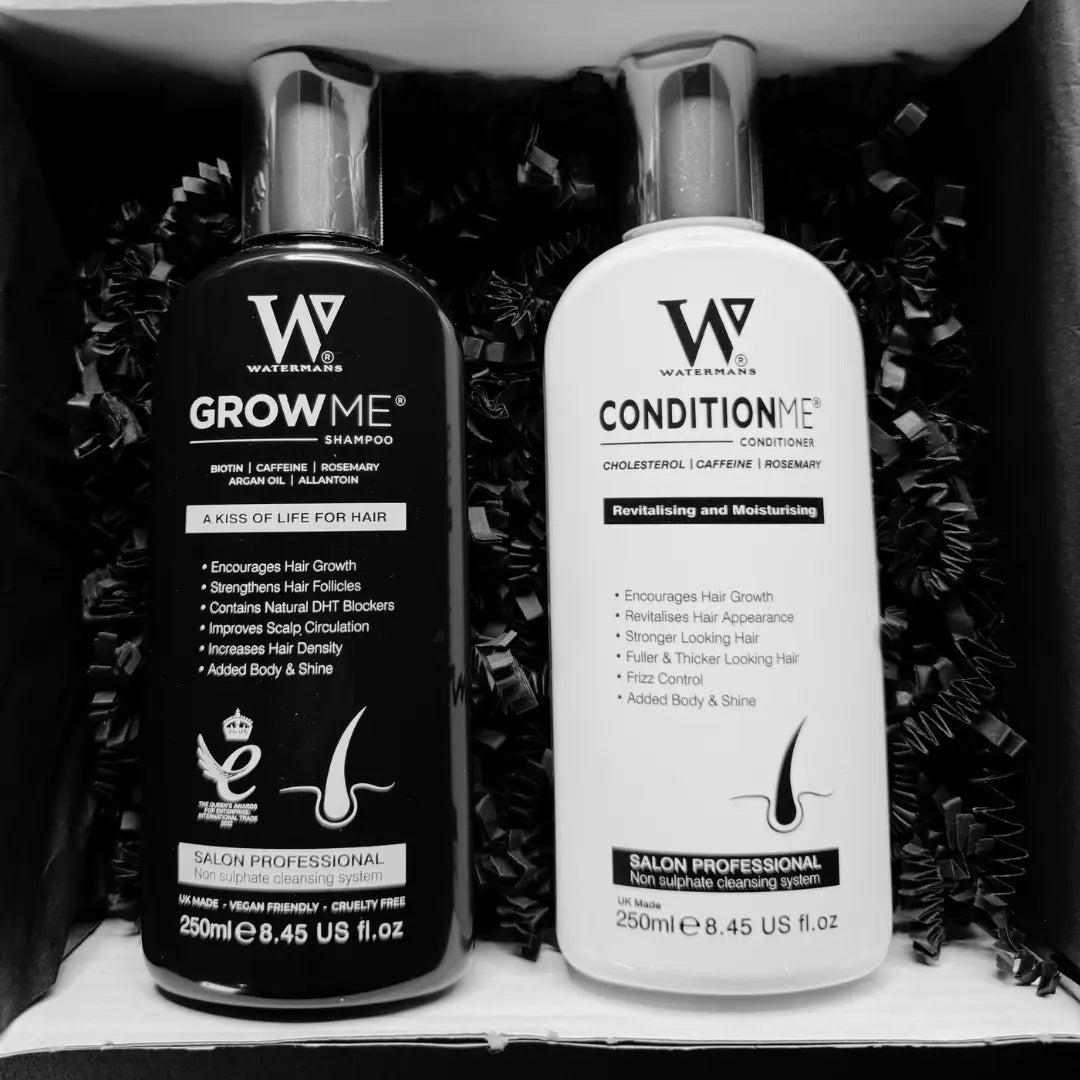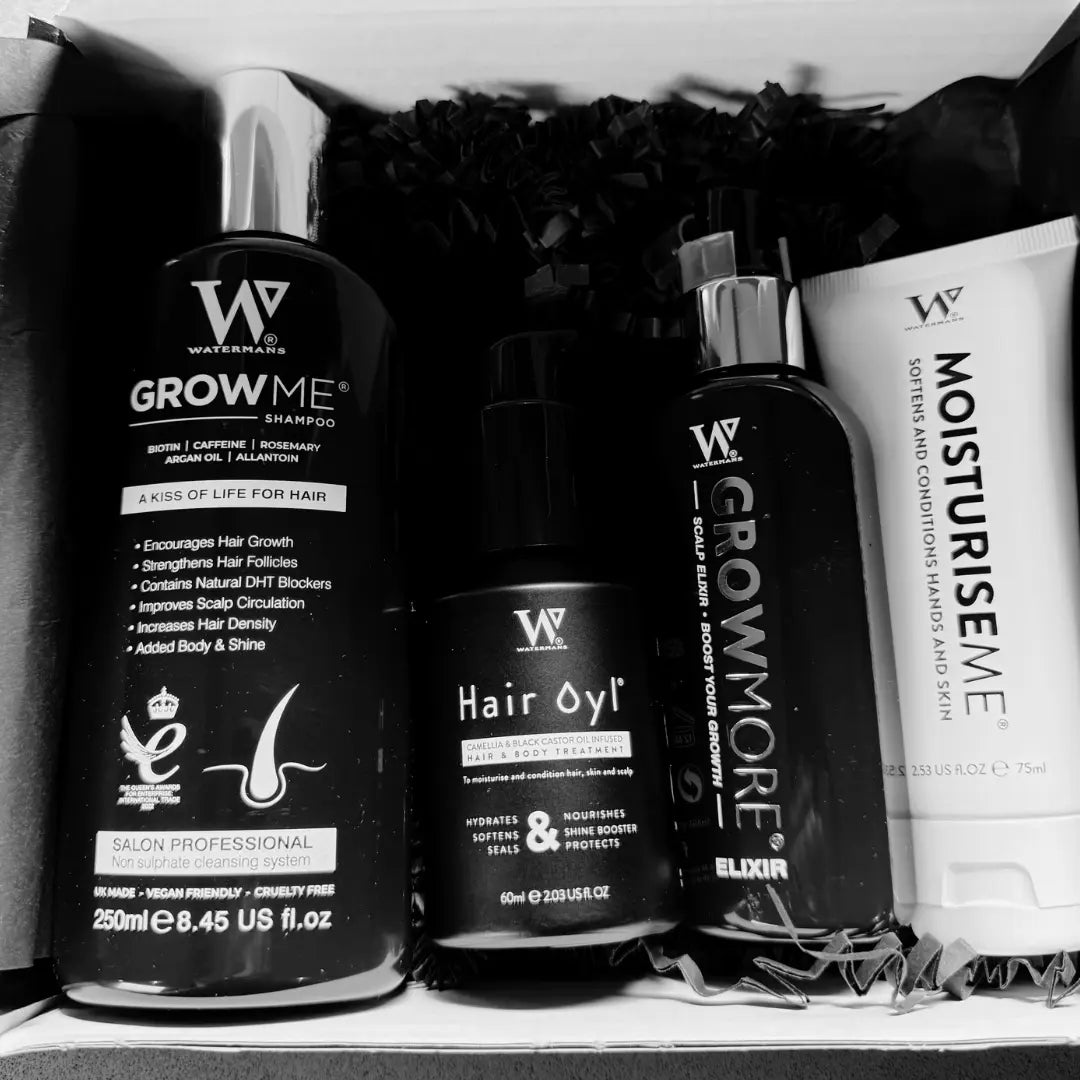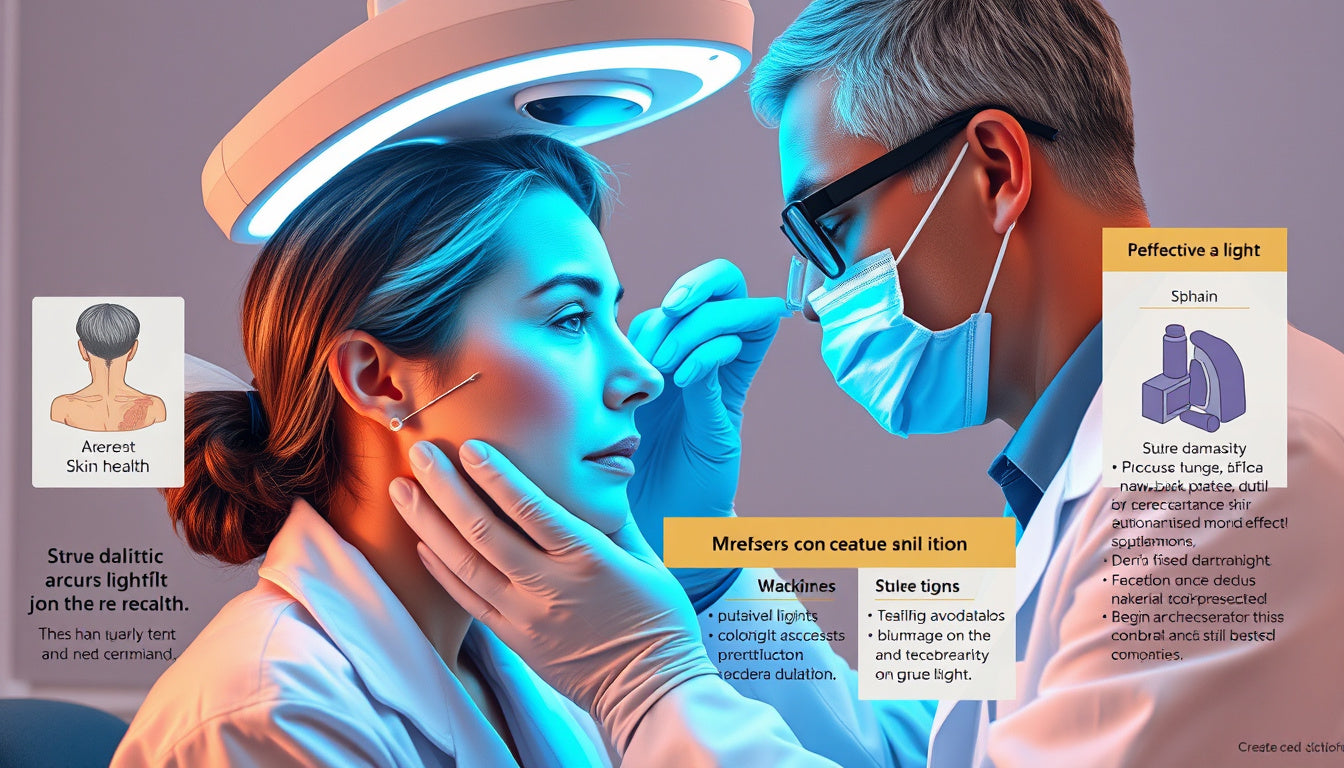
Unmasking Blue Light: A Dermatologist's Eye-Opening Insights on Its Hidden Effects on Your Skin Health!
In today's digital age, blue light protection has become a buzzword in skincare. But what exactly is blue light, and how does it impact your skin? Board-certified dermatologist Dr. Sam Ellis sheds light on this topic, explaining the science behind blue light and offering practical advice on how to keep your skin healthy.
What Is Blue Light and Where Does It Come From?
Blue light is a part of the visible light spectrum—the range of light wavelengths that our eyes can perceive. The sun emits various types of light, including:
- Ultraviolet (UV) Light (5%): Invisible to the naked eye, UV light is well-known for causing skin problems like sunburn, DNA damage, premature aging, and skin cancer.
- Visible Light (50%): This includes all the colors we see—red, orange, yellow, green, blue, and violet.
- Infrared Light (45%): Experienced as heat.
Among visible light, blue and violet light have higher energy levels, known as High-Energy Visible (HEV) light. Blue light sits right next to ultraviolet light on the spectrum, which might explain why it has been under scrutiny for potential skin damage.
Blue Light From Devices vs. The Sun: What's the Real Culprit?
Many products claim to protect against blue light from screens on devices like smartphones, tablets, and computers. However, Dr. Ellis stresses that:
- The amount of blue light emitted from screens is negligible compared to the sun.
- Scientific studies show that exposure to blue light from devices doesn't significantly worsen skin conditions like melasma.
Key Insight:
Most of the blue light that could affect your skin actually comes from sunlight, not your electronic devices.
How Does Blue Light Affect Your Skin?
The main issue with blue light is its ability to induce excess pigment production in the skin. This can lead to:
- Post-inflammatory hyperpigmentation: Dark spots that appear after skin injury or acne.
- Worsening of melasma: A pigmentation disorder commonly aggravated by UV light, and now suspected to be influenced by blue light as well.
This effect is especially concerning for people with darker skin tones, as they are more prone to pigmentation changes triggered by blue light.
What About Skin Aging?
While blue light can generate oxygen free radicals (unstable molecules that can damage skin structures), the evidence does not strongly link blue light alone to premature skin aging. UV light remains the primary concern regarding skin aging and DNA damage.
How Much Blue Light Exposure Is Harmful?
The amount of blue light exposure from the sun varies based on:
- Geographic location
- Time of year
- Time of day
On average, 30 minutes of midday sun exposure is enough to potentially trigger pigment changes due to blue light. Thus, managing sun exposure remains crucial.
Effective Protection Against Blue Light
Since blue light mainly comes from the sun, protection strategies align with those used to combat UV light damage:
- Avoid midday sun exposure
- Seek shade
- Wear sun-protective clothing (wide-brim hats, long sleeves, sunglasses)
Sunscreens and Blue Light
Most traditional sunscreens are designed to block UV rays but do not protect against blue light, with the exception of tinted sunscreens containing iron oxides. Iron oxides give these products their pigment and provide a shield against blue light.
Pro Tip:
If you prefer a non-tinted sunscreen, apply it first and then layer a tinted foundation or CC cream containing iron oxides on top. This dual-layer approach helps block both UV light and blue light effectively.
Final Thoughts
Blue light's impact on skin health is real but often misunderstood. The primary concern is its effect on pigmentation, particularly for individuals with darker skin tones. Protecting your skin from blue light means focusing on sensible sun exposure habits and broad-spectrum, tinted sunscreen use.
For those looking to safeguard their skin effectively, incorporating products designed with blue light considerations can be beneficial. For more information on protecting your skin and hair health, consider exploring trusted skincare and haircare solutions such as Watermans.
Discover better skin and hair health by understanding the true impact of blue light and using the right protective measures.


